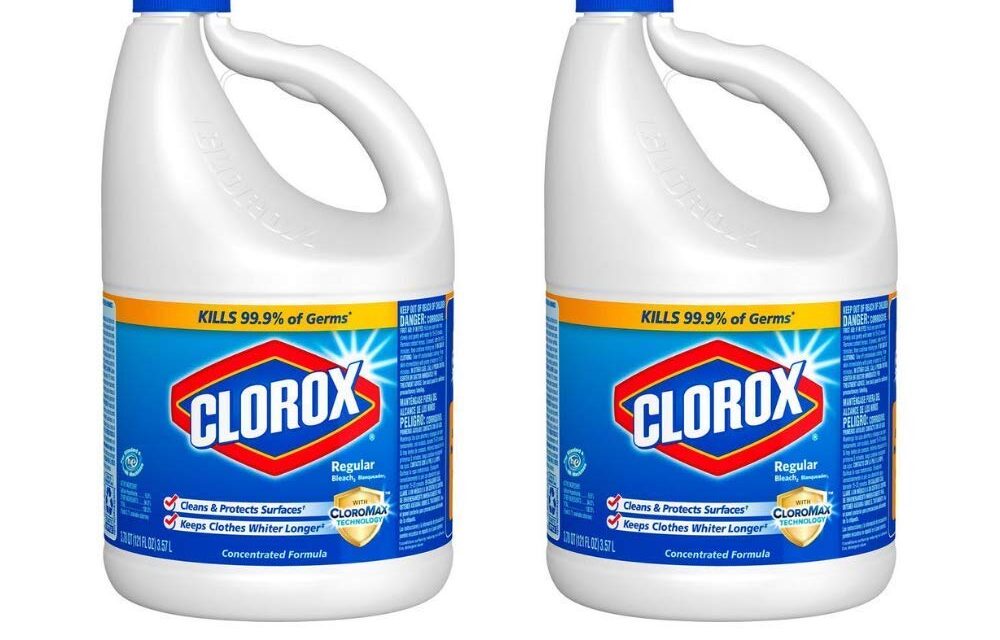- Tahoe’s Nevada Beach Tops the List of Hard-to-Book Campgrounds - 07/17/2024
- Cannabis Watershed Protection Program Cleans Up Illegal Grow Sites - 07/10/2024
- French Fire - 07/05/2024
Dear EarthTalk: My neighbor told me to pour bleach down my drains every week to keep them clear. Is this safe to do?
— Trish Osterling, via e-mail
Bleach is a useful cleaner and disinfectant, but pouring it down the drain will not do anything to help keep the drains clear. In addition, you could cause a dangerous chemical reaction if it comes into contact with other household products you might be using.
Common household bleach, also known as chlorine bleach, is a liquid compound of sodium hypochlorite, which is a combination of sodium chloride (a salt) with water and chlorine. It’s often used to whiten laundry or to disinfect kitchen surfaces. Bleach is also an ingredient in other household cleaners, like those used for bath and toilet cleaning. (A different sort of bleach, known as oxygen bleach, is used for laundry stain removal and does not have the same disinfecting/cleaning properties as chlorine bleach.)
According to the Household Products Database at the U.S. Department of Health and Human Services (DHHS), chlorine bleach is corrosive to the eyes; injures skin and mucous membranes on contact; and is harmful if swallowed. Bleach is “a lung and eye irritant,” warns the Washington Toxics Coalition (WTC), a Seattle non-profit that advocates for green friendly household products. Even used alone, fumes from chlorine bleach can irritate the lungs, so it should not be used by people with asthma or lung or heart problems, says the group. It is also “reactive” with ammonia and acids, forming more harmful fumes.
“One of the most common home accidents is the mixing of products containing chlorine bleach with those containing ammonia,” says WTC. The combination creates chloramine gas, which is highly irritating to the lungs. Since many cleaning products contain ammonia, the inadvertent mixing must be avoided. Mixing bleach and acids results in the release of chlorine gas, according to the New Jersey Department of Health and Senior Services, exposure to which can cause coughing and breathing problems, burning eyes and, at high levels, vomiting, pneumonia and even death. Products containing acids include vinegar, some glass and window cleaners, toilet bowl cleaners, drain cleaners and rust removers. An “incompatibility chart” listing many chemicals that will react with bleach is available at the Chlorine Institute’s cl2.com website.
Bleach alone is not necessarily hard on the environment. When use as directed, it will break down mostly into salt water in wastewater treatment or septic systems, says WTC. A dilution of bleach in water is effective as a disinfectant, and can be scrubbed onto non-porous food-contact surfaces like plastic cutting boards or refrigerator shelves and left to air dry. The Clorox Company recommends a solution of one tablespoon bleach per gallon of water for sanitizing.
So, what are the better ways to keep drains clear? Home drains in the kitchen and bath generally get clogged by grease, food waste and hair, none of which will be effectively dispersed by bleach. WTC recommends carefully pouring a kettleful of boiling water down the drain to free up a slow drain, or using mechanical methods such as a plumber’s snake, plunger or hose-end bladder to clean a clogged drain.
CONTACTS: DHHS Household Products Database, http://hpd.nlm.nih.gov ; Washington Toxics Coalition, www.washingtontoxics.org; New Jersey Department of Health and Senior Services, www.state.nj.us/health; Chlorine Institute, www.cl2.com.
EarthTalk® is written and edited by Roddy Scheer and Doug Moss and is a registered trademark of E – The Environmental Magazine (www.emagazine.com). Send questions to: earthtalk@emagazine.com. Subscribe: www.emagazine.com/subscribe. Free Trial Issue: www.emagazine.com/trial













